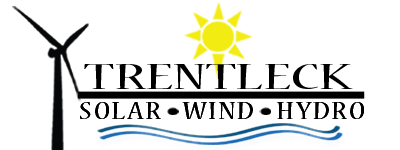Farmers Reducing Energy Bills
More than just a solar system.
Thorpdale is one of the largest potato growing areas in Gippsland. Most farmers want to reduce the amount of energy that they were using. One of the farms that we have worked with already had a small solar system that was doing a good job but not enough to make a difference. Their power bills were still too high. So, they decided to investigate a larger solar system to reduce these costs.
They called us to see what we could suggest. As it is always our approach, we didn’t just look at installing more solar, we looked at the whole farm and its production methods. So, what we did was go to the farm and find out what equipment was in operation so we can design an energy efficient renewable system that would be the best for their needs.
Irrigation pumps and grading machinery
We walked around the farm to see what equipment was being used and why. There was the obvious farm machinery including irrigation pumps, grading machinery (for the different sizing of the potatoes) as well as the potato washing machines. All of which were using electricity to power the motors that keep them running. We also used our solar monitoring equipment that allows us to access information about how much power they were getting from their existing solar system and where that power was going.
Ausnet Certified
As we are certified with AusNet services we can access the electricity meter and analyse the data to work out exactly what their total usage is. We can also identify what times they are using the power. This is all valuable information that can help us to work out what is needed. For example, if they used most of their power at night we would not suggest a solar system alone as the power produced would be wasted.
By doing this analysis we found out that the existing solar system was too small for the packaging plant that was consuming its power. We redesigned their systems so that most of the power consumption was during the day (or sunlight hours). Systems like the hot water and pumps used for washing the potatoes, conveyors for transporting potatoes to the packaging line were re-schedules during this time. We then explained to them why we are using certain equipment at certain times and thus educated them to the best ways to optimise their energy production and use. In short, they would turn systems off when not being used and only turn them on at the right time.
Variable speed drives
But we didn’t stop there. By using this data, we could modernise the farm. We also educated them to use tools such as variable speed drives to get the best out of the motors. For example, most motors will work flat out when they are turned on. This uses maximum power thus costs. By installing a variable speed drive on a motor, it will only run at the speed it needs to.
It works like this. If a machine only needs to run at 70% of speed to get the job done, the variable speed drive automatically calculates the speed that is needed. Thus, it only runs at 70%. In this case you are saving 30% on energy use every time it is used.
What we did was put variable speed drives on all the motors in the farm. This dramatically reduced the energy consumption in their production. Thus, saving costs. We also looked at the way they were using their energy and helped change the way they do things.
We are now happy to say that not only have they reduced their power bills but the farm is running at more efficiency as they are not replacing parts due to overuse.

